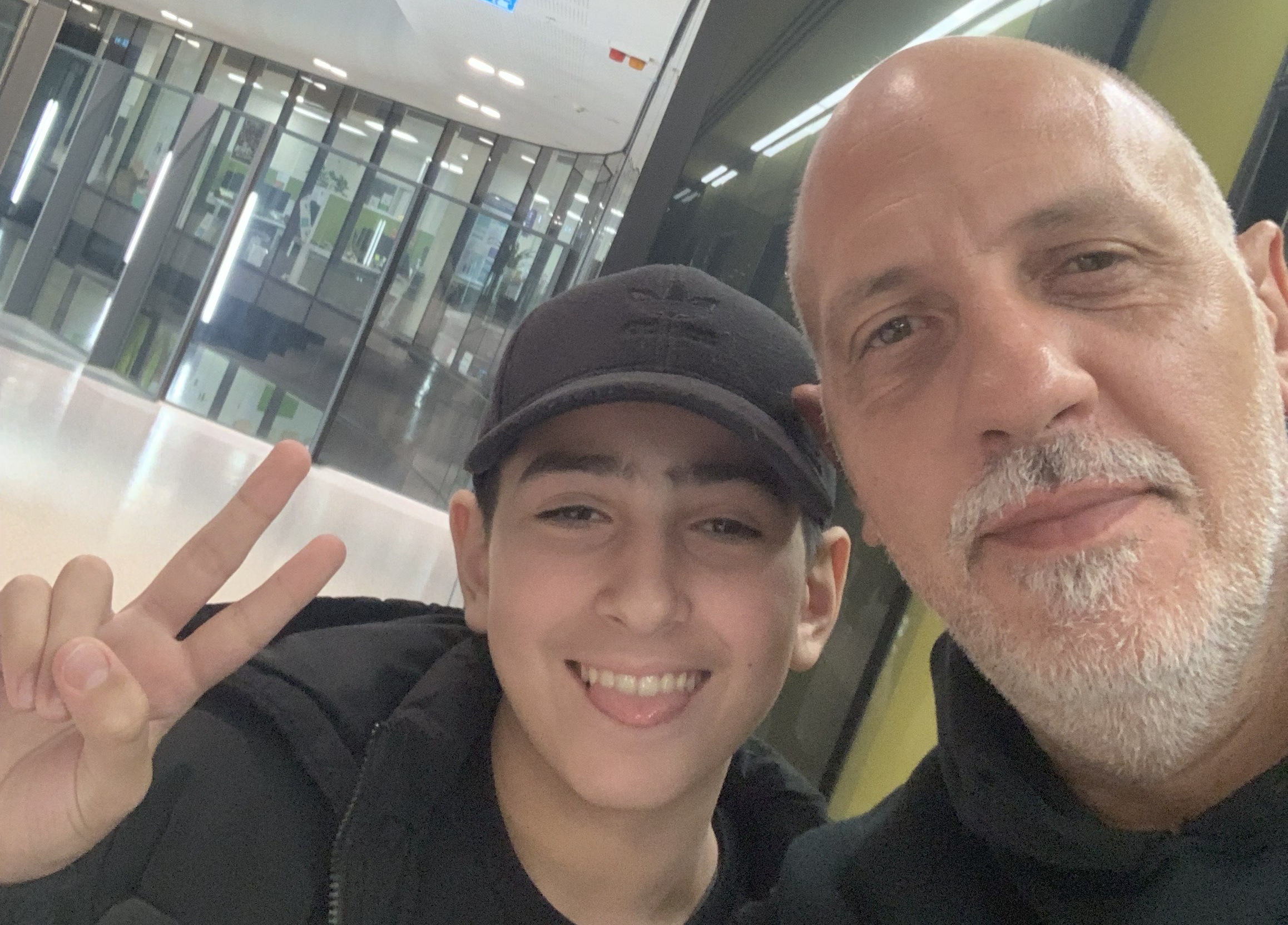
By Olivia Henry, the Australian Science Media Centre
Aussie researchers have developed an “AI epilepsy detective” that can find tiny abnormalities in the brain that cause severe epilepsy in children. With the support of medical imaging, this tool can help surgeons better find and remove these seizure-causing lesions, known as focal cortical dysplasias, potentially curing certain types of epilepsy.
Developed by the team at Murdoch Children’s Research Institute and the Royal Children's Hospital, this AI epilepsy detective can find lesions the size of a blueberry in up to 94% of cases.
Earlier this week, MCRI’s Dr Emma Macdonald-Laurs, a neurologist at the Royal Children's Hospital who led the team that developed this tool, told the AusSMC that without the AI, human examination can miss a diagnosis in up to 80% of patients.
While this might sound alarming, there’s a good reason for it: lesions are tiny – making up about 0.05% of the total volume of the brain – leaving radiologists looking for a needle in a haystack.
“It's a lot of data for a human to look at visually,” Dr Macdonald-Laurs said.
“These lesions might be present on one or two files in 10,000 files, so the AI tool draws your eye towards the lesion, and the radiologist can confirm that little, tiny area in the brain is really abnormal.”
Tiny lesions can cause big problems, with up to a third of affected children having drug-resistant epilepsy, continuing to have seizures despite trying two or more anti-seizure medications.
“This is what I deal with day to day as a paediatric neurologist,” Dr Macdonald-Laurs said.
“Some of these impacts include learning difficulties, intellectual disability, loss of friendships and the opportunity to be a kid, parental stress, relationship breakdown, mental illness, medication side effects, loss of independence, and in some children, even injury from seizures or sudden unexplained death in epilepsy,” she added.
But the scans don’t just help doctors find the lesions in the brain, as Dr Sila Genc from MCRI’s Developmental Imaging Group, who was also involved in the study, explained.
They can also help make surgeries safer, by guiding surgeons to find the exact spot they need to remove.
“By mapping these pathways out, we can allow the surgeons to be more confident when they're undergoing these risky surgeries that may involve areas of the brain that could affect language or motor function,” she said.
“We also perform 3D mapping of the brain surface, so you can visualise these blood vessels which help guide the surgeons as well. So we combine multiple scales to enable the diagnosis but also make surgery safer.”
The study included 23 adults and 71 kids including 11-year-old John, whose MRIs initially came back ‘clear’ until the AI found the source of his terrifying seizures.
John was eight years old when his seizures started. He woke up from sleep one night feeling scared, like he was falling, and had stiffening and jerking of his arms.
“It was very stressful having this, but I micromanaged it,” he said.
“After the surgery, now I feel much better. And yeah, now we're just back to normal. We haven't had any seizures since May 2025.”
“It felt great just knowing that I was in safe hands by Emma and the rest of the crew.”
John’s father Spiros agreed, saying John’s seizures were terrifying. "It completely rocked our world."
"I'm getting goosebumps now just talking about it,” he said.
But now Spiros echoes his son's sentiments of gratitude.
“The results are just… there's no words to explain. It's just amazing,” he said.
You can read more from MCRI here
This article originally appeared in Science Deadline, a weekly newsletter from the AusSMC. You are free to republish this story, in full, with appropriate credit.
Contact: Olivia Henry
Phone: +61 8 7120 8666
Email: info@smc.org.au